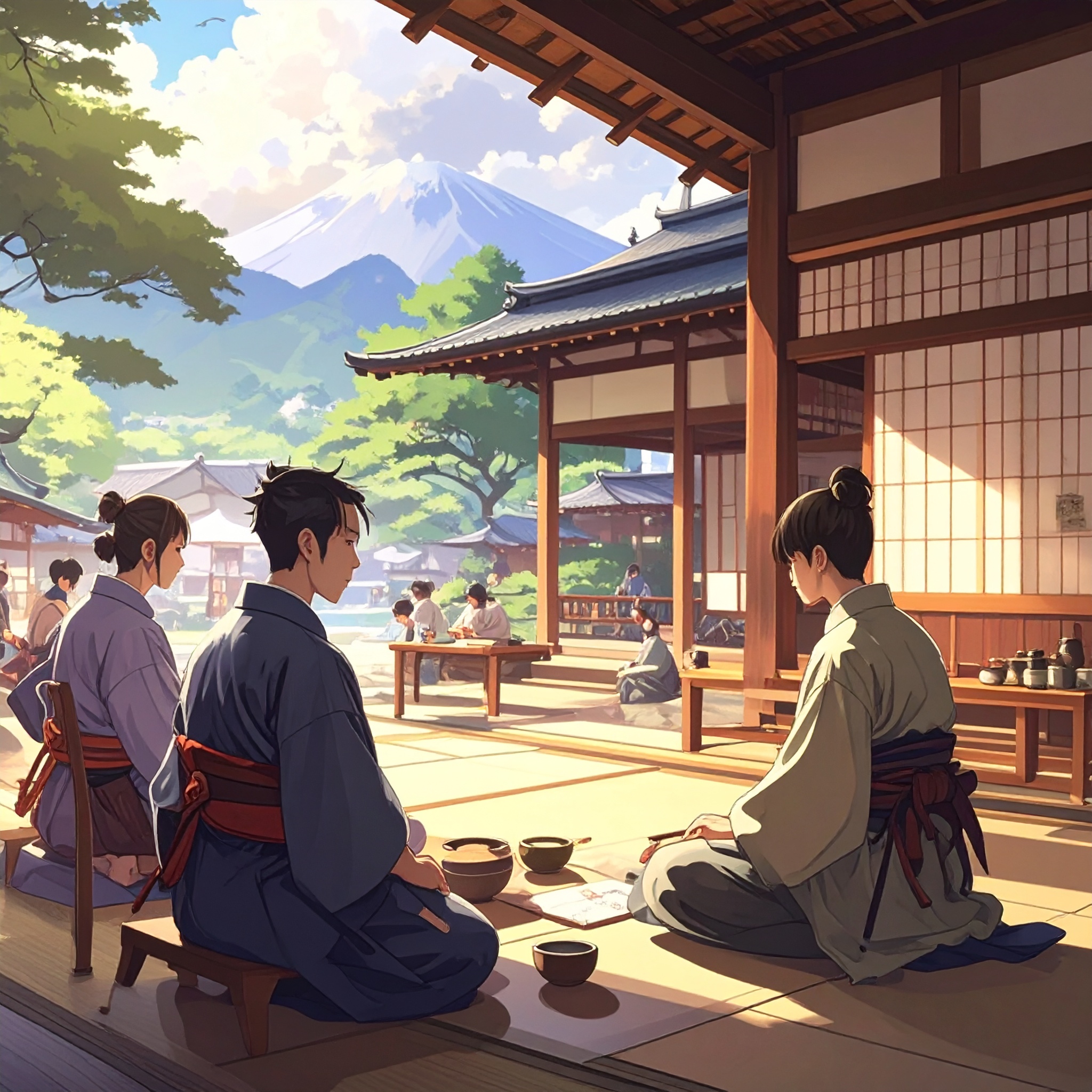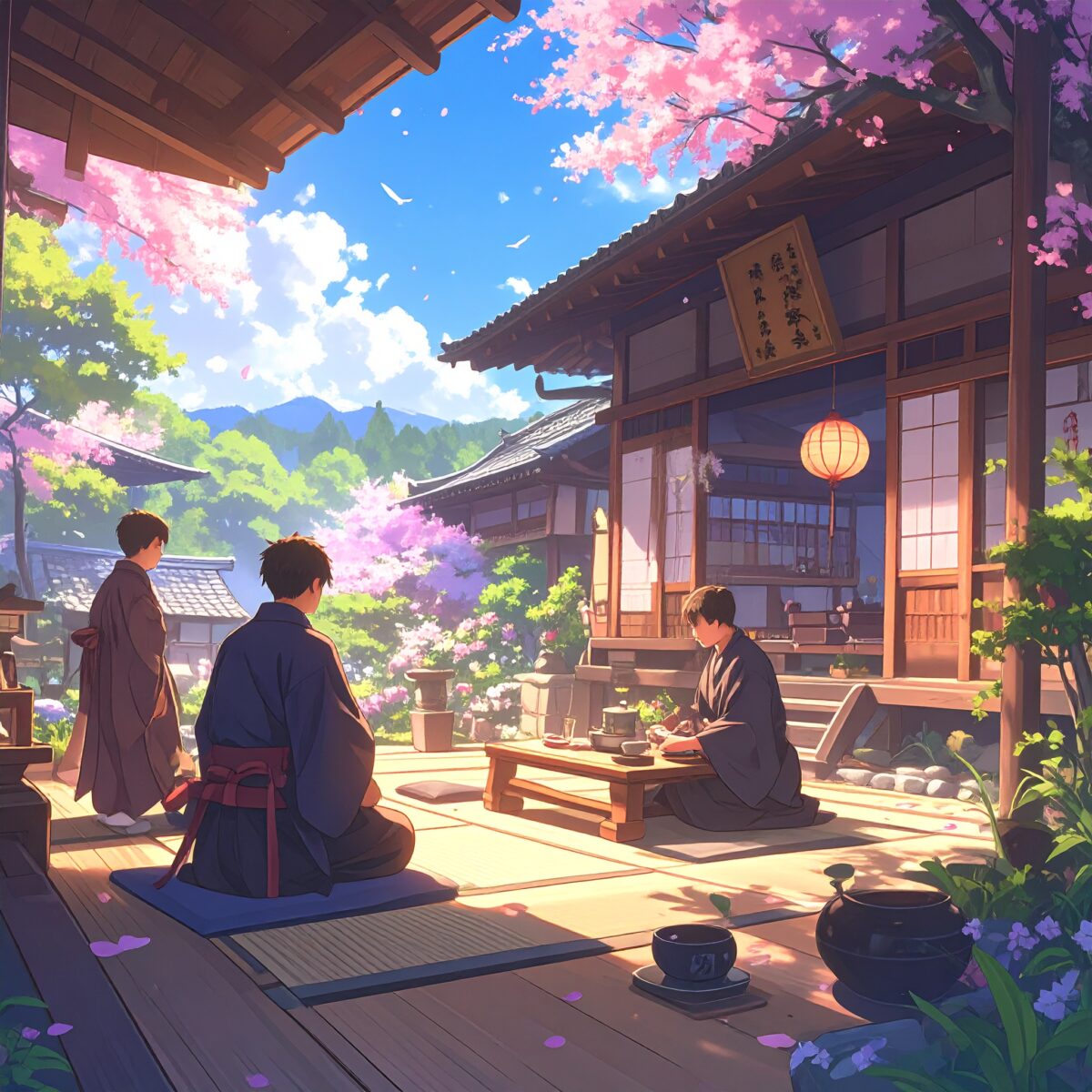Japanese traditional culture is rich with disciplines that bear the suffix “dō”, meaning “the way.” Kendo (the way of the sword), chadō (the way of tea), shodō (the way of calligraphy), judō (the way of flexibility), and kadō (the way of flowers) are more than arts or skills—they are holistic practices that refine not only technique but the practitioner’s entire way of life. At their core lies a deep emphasis not on mastery of form alone, but on cultivating the heart and aligning one’s posture, both physically and spiritually.
The word “dō” implies not just a path to a destination, but a spiritual journey—a process of inner development. Through dedicated learning, continued practice, and quiet perseverance, one’s inner self matures. This focus on process over product is a defining characteristic of all practices designated as “dō.”
Kendo, as one of Japan’s martial arts, is a training not just in swordsmanship but in self-awareness. It begins and ends with a bow—an embodiment of respect—and teaches practitioners to face their opponent and themselves with sincerity. The stance, the strike, the distancing—all require intense focus and become opportunities to confront one’s own immaturity or emotional imbalance.
In chadō, the simple act of preparing a bowl of tea becomes a deeply thoughtful ritual. The choice of utensils, the seasonal ambiance, and the preparation of the space all begin with a consideration for the guest’s comfort. The host’s movements are quiet and restrained, yet their intention fills the room. Through such gestures, one learns to subdue the self and to create harmony. This attitude of attentiveness and humility gently extends into everyday life.

Shodō, the way of calligraphy, is not merely about writing characters beautifully. It is a meditative practice: holding the brush, steadying the breath, and devoting one’s full attention to each stroke. When the mind is unsettled, the brush betrays it; when one achieves a state of calm detachment, the lines gain depth and presence. The sensation of one’s inner self being reflected on the paper becomes an intimate dialogue with the self.
All of these dō disciplines share a common philosophy: they value persistence over immediate results, and process over outcome. What matters is not how quickly one improves, but what one learns through repetition. Precisely because true mastery cannot be achieved overnight, practitioners are encouraged to engage deeply and patiently, finding quiet joy in the gradual unfolding of personal growth.
Integral to each dō is the practice of etiquette and humility. Respect for one’s teacher, consideration for peers, and self-discipline are foundational traits—often required even before technical skill. The aim is not to overpower others, but to master oneself. Rather than boasting of speed or strength, the path calls for modesty and a quiet, inward resilience. This is the depth of what it means to walk the “way.”
In today’s world, where efficiency and speed are prized, these traditions may seem distant or outdated. And yet, this is exactly why the steady discipline of the dō has never been more relevant. Time spent in focus, in self-reflection, and in care for others offers a counterbalance to the rush of modern life, bringing depth and richness to one’s way of living.
Whether it is kendo, chadō, or shodō, the ultimate goal is harmony with others and stability within oneself. It is not outward form, but inward stillness, that these paths cultivate. Perhaps this is the true strength that Japan’s dō traditions have quietly nurtured for generations.




